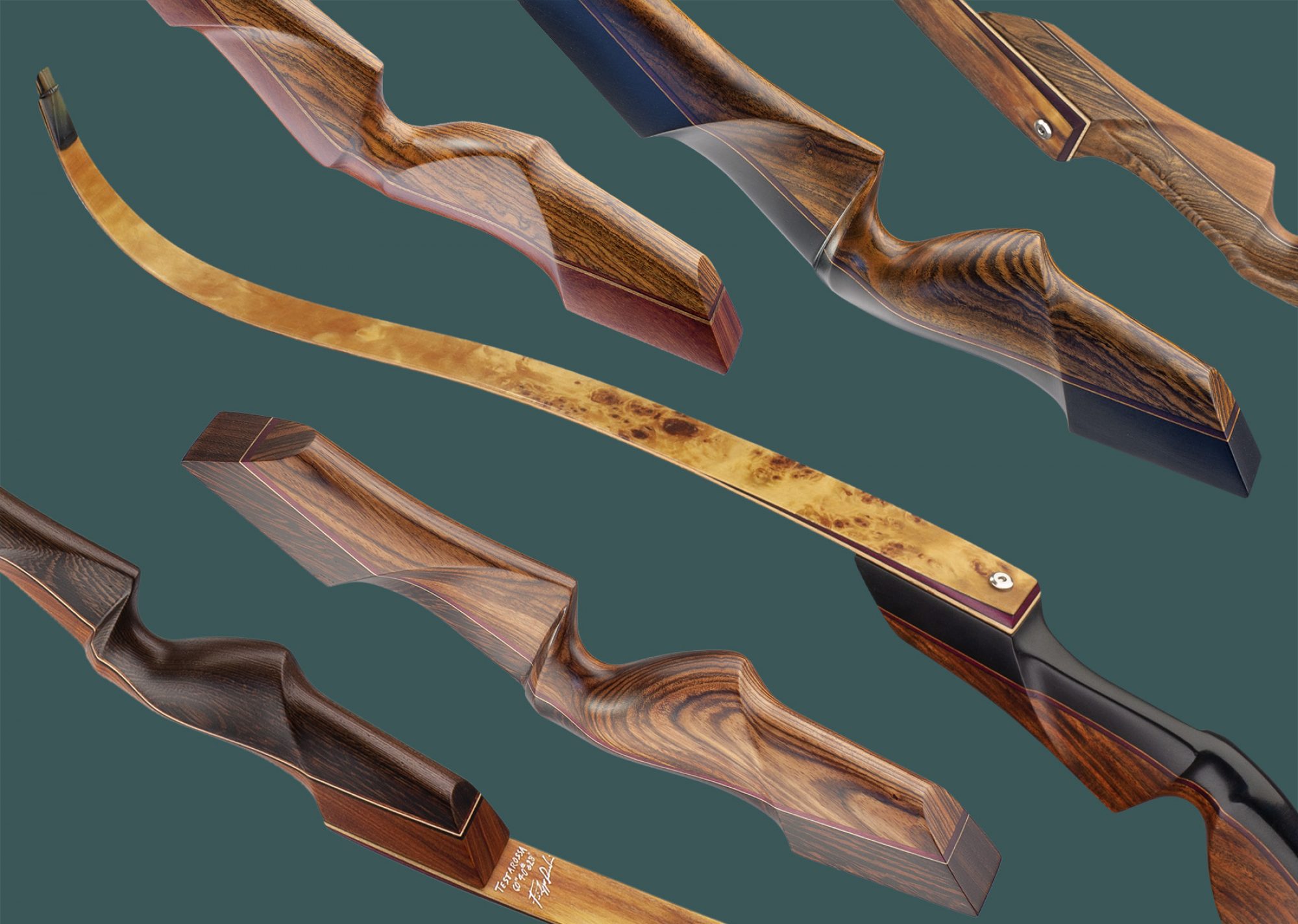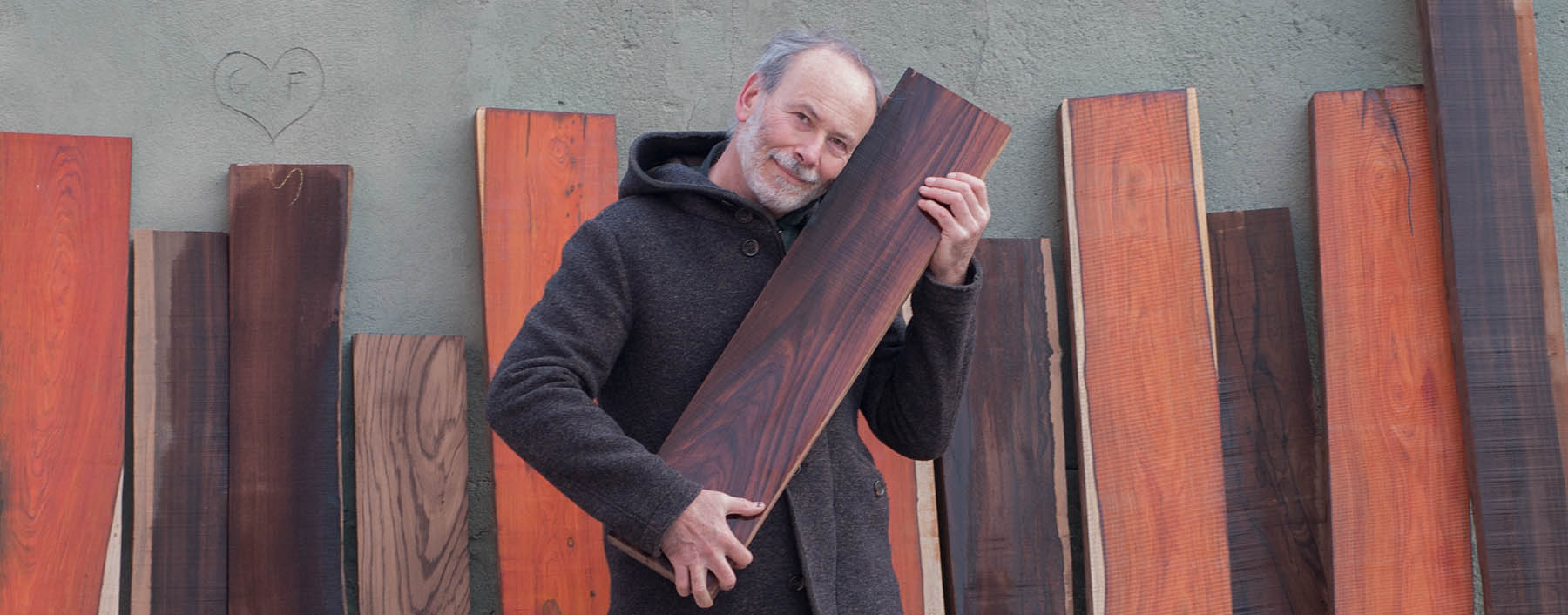I use just natural, real and solid hardwood because I am in love with its aesthetic and cultural value and the uniqueness of each piece. I am convinced that having it in our hands gives us something important. Unlike laminates, plywoods and stratifieds composed of dyed and glued wood sheets to create artificial veins, natural wood carries with it its history enclosed in its unique and unpredictable veins.
The stabilization treatment with high-vacuum pump to which I submit each riser allows me to use even those parts of wood with particularly twisted knots that make the riser even more special and unique while retaining its characteristic over time.
These materials have a very high cost and some require a surcharge but technically they are all the same and their real value is timeless. Weight is also not a criteria of choice as the stabilizing weight I add has a better effect than any heavy material. This is a list of the woods I have chosen and the combinations that I recommend according to my aesthetic preferences but feel free to improvise and also to request different woods.
The list of my preferite woods:
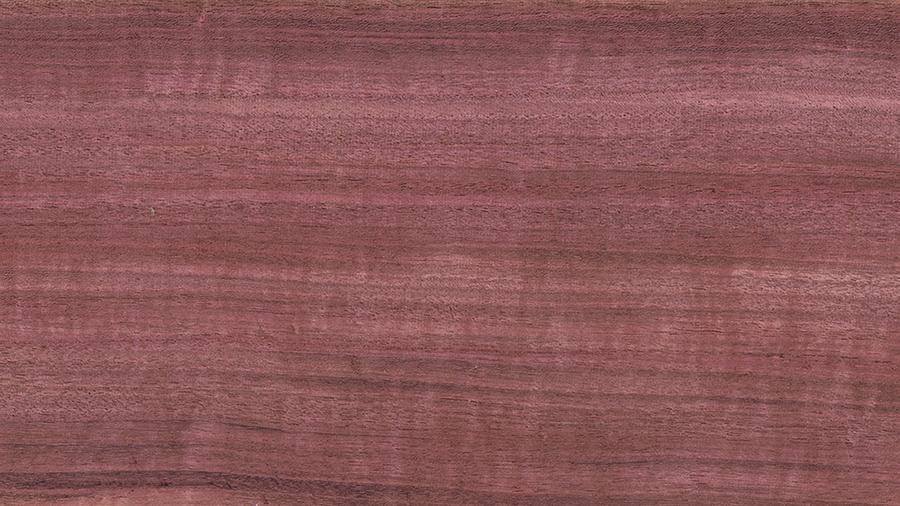
Purple
(Peltogyne Venosa): purplish-red color without evident veins, medium-high weight, very compact, native to Brazil and Central America. Recommended combination with: Zebrano, Bocote, Wenge, Yew, Shedua.
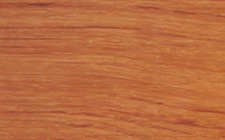
BUBINGA
(Guibourtia Demeusei): hazelnut-orange color with beautiful veins, medium-high weight, very compact, native to Central Africa. Recommended combination with:, Ebony, Indian Rosewood, Bocote, Wenge, Shedua, Ziricote.
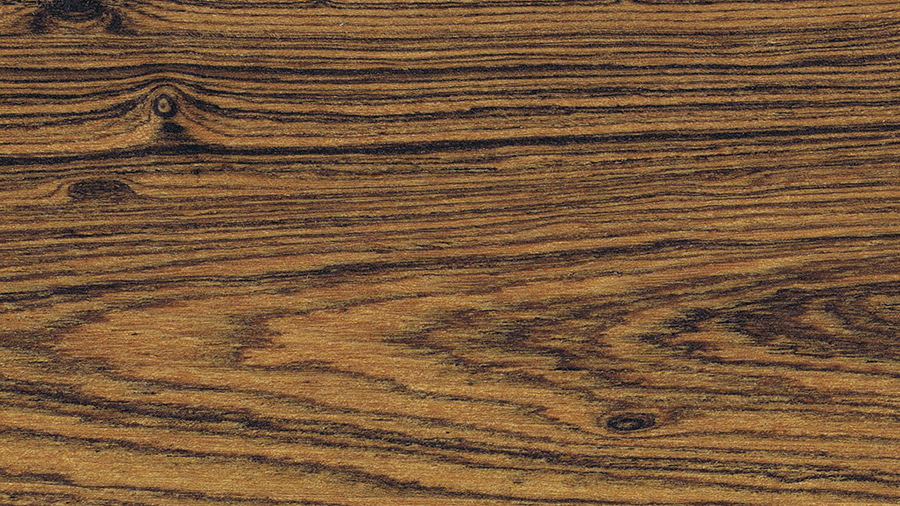
BOCOTE
(Cordia Alliodora, Cordia Elaeagnoides): Precious, yellow with irregular and evident black veins, high weight, very compact, originally from Bolivia. Recommended combination with: Ebony, Ziricote, Wenge, Shedua, Purple.
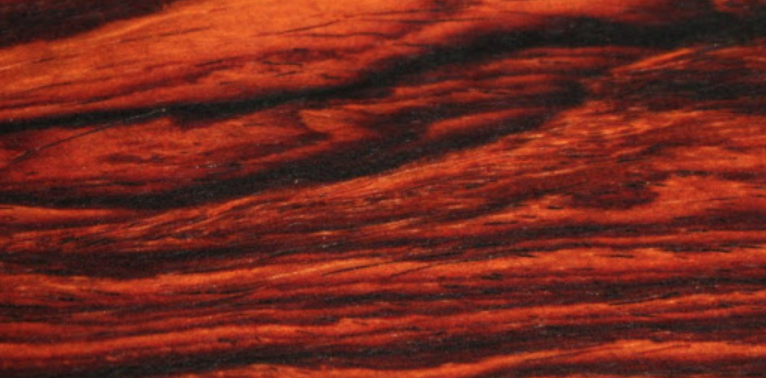
COCOBOLO
(Dalbergia retusa) very precious, red color with irregular dark veins, high weight, very densewood from Central Africa. Reccomended combination: Ebony, Indian Rosewood, Bocote, Wenge, Shedua, Ziricote, Zebrawood.
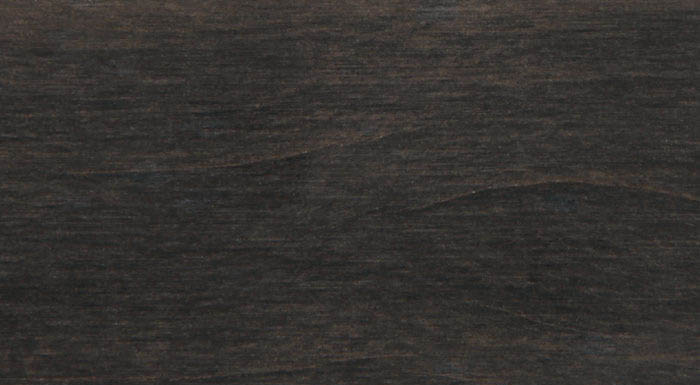
EBONY
(Diospyros Crassiflora): very precious black color without veins, high weight, very compact, from Africa. Recommended combination with: Rosewood, Yew, Bocote, Bubinga, Zebrawood.
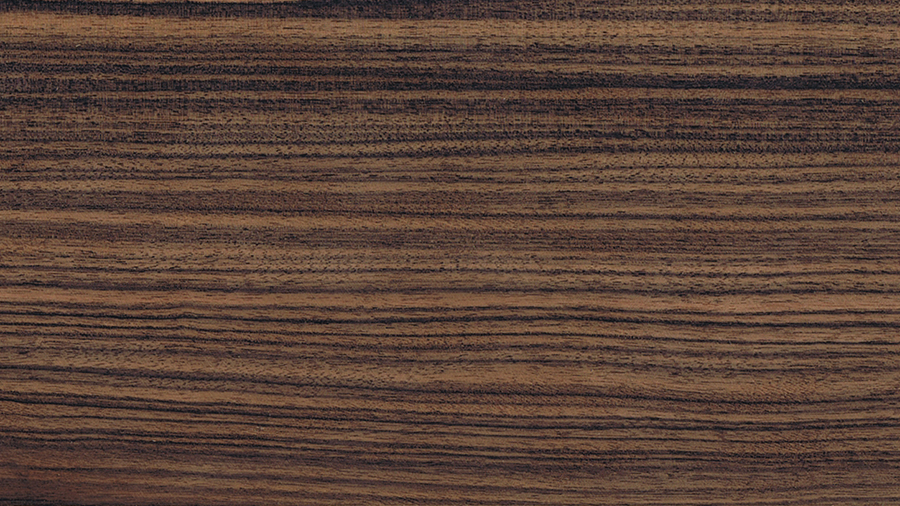
MAKASSAR EBONY
(Diospyros Celebica): very precious black color with brown veins, high weight, very compact, from the island of Celebes. Recommended combination with: Rosewood, Yew, Bocote, Zebrawood.
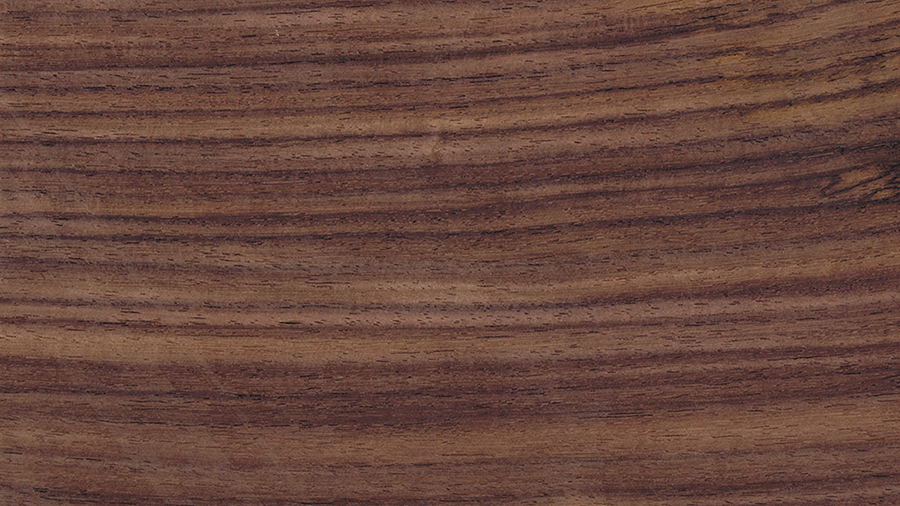
INDIAN ROSEWOOD
(Dalbergia Latifolia): precious very dark walnut color, high weight, very compact, originally from India. Recommended combination with: Rosa, Yew, Bocote, Bubinga, Zebrawood.
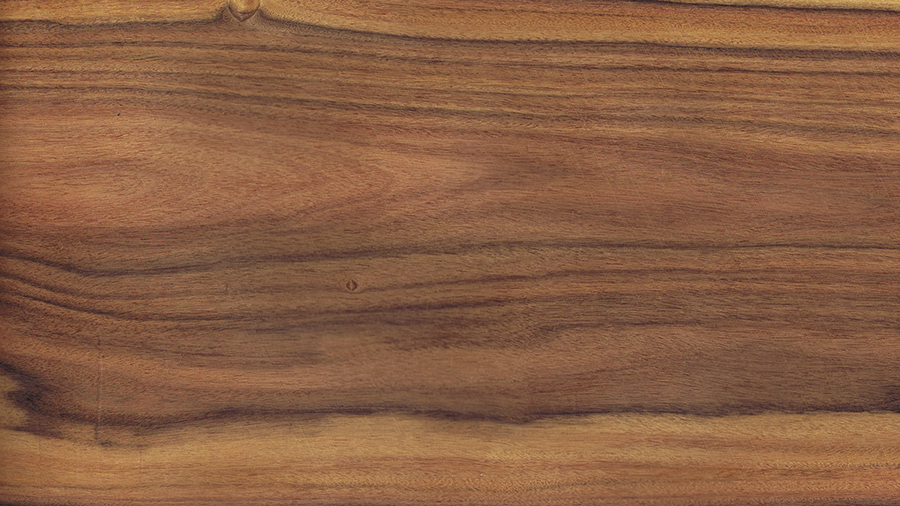
SANTOS ROSEWOOD
(Machaerium Scleroxylon): Precious dark walnut color with elegant grain, originally from Brazil and Bolivia high weight. Recommended pairings with: Purple, Cocobolo, Zebrawood, Ebony.
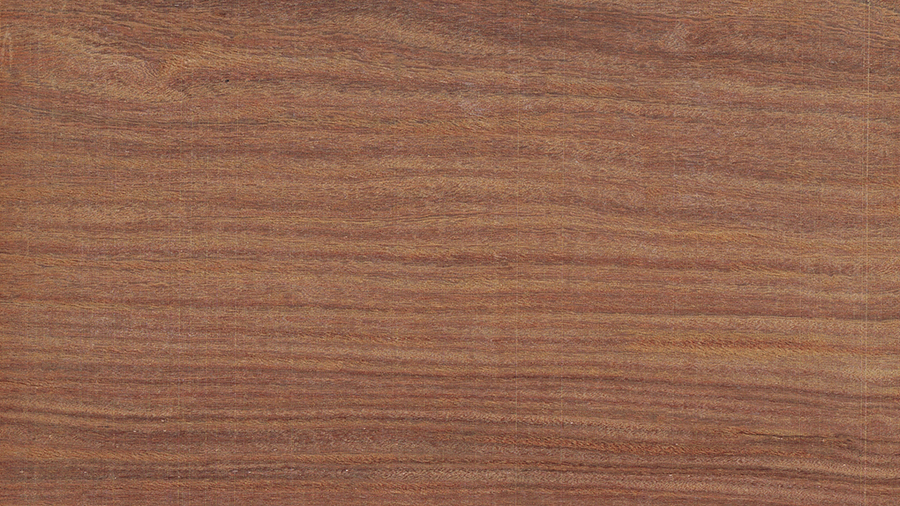
ROSEWOOD
(Rhamnus Zeyheri): nutty-orange with elegant veins, high weight, very compact, native to Africa. Recommended combination with: Ebony, Ziricote, Wenge, Shedua, Zebrawood.
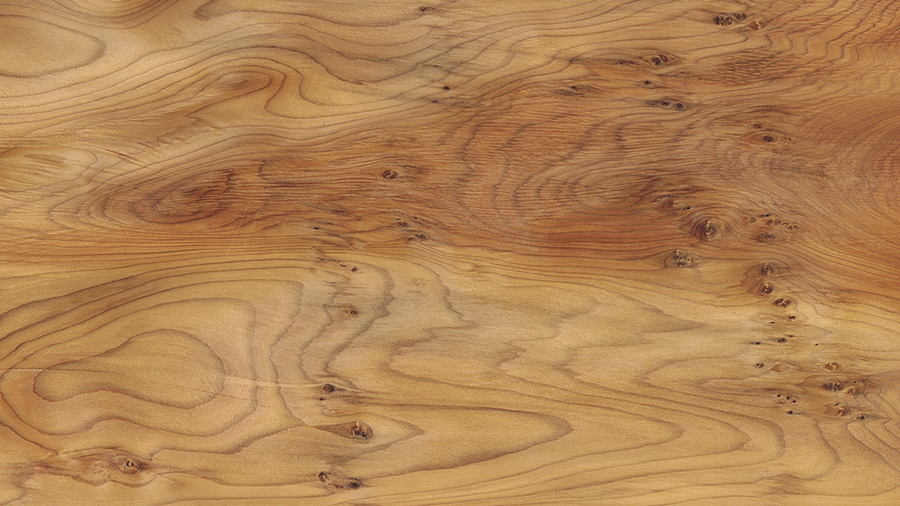
YEW
(Taxus Baccata): orange with irregular veins and knots, low weight, native to Europe and North America. Recommended combination with: Ebony, Ziricote, Wenge, Shedua, Purple.
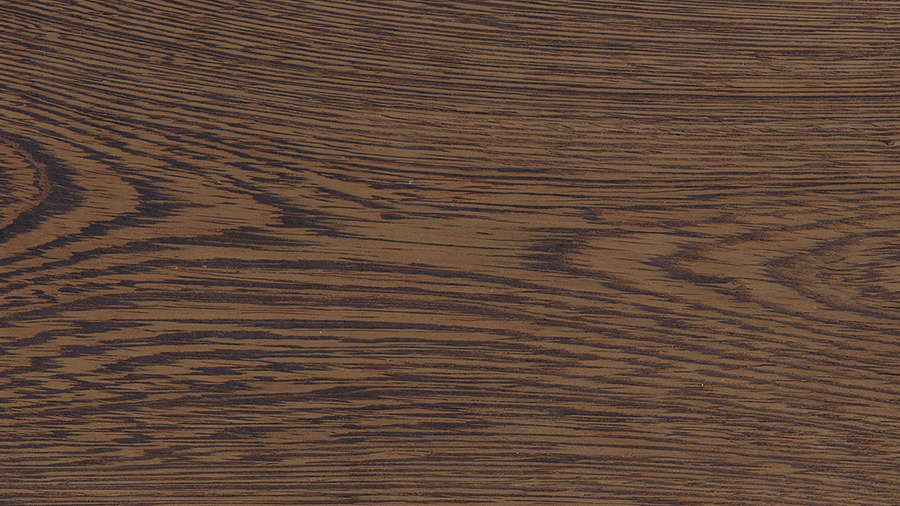
WENGE
(Milletia Laurentii): Dark with black and thin veins, medium weight, native to Africa. Recommended combination with: Rosewood, Bubinga, Bocote, Zebrawood, Yew.
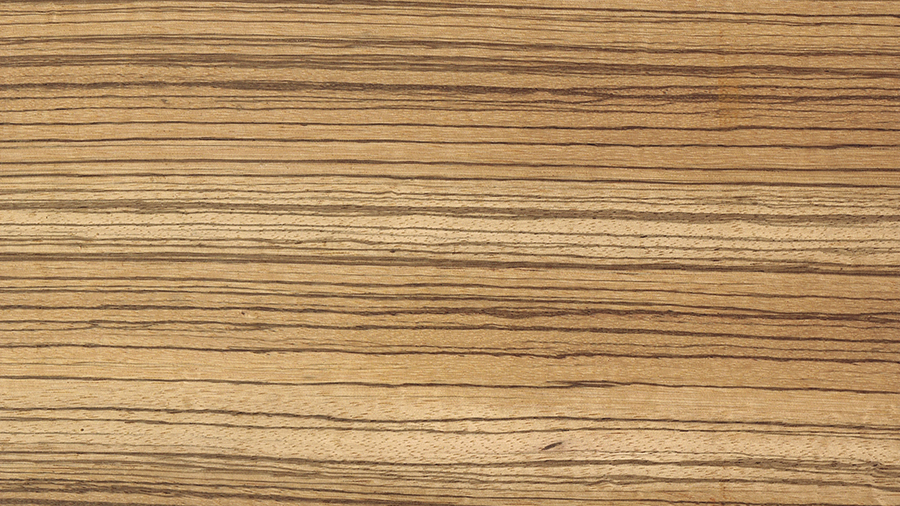
ZEBRAWOOD
(Microberlinia Brazzavillensis): light with irregular and evident black veins, medium weight, native to Africa. Recommended combination with: Ebony, Indian rosewood, Ziricote, Wenge, Shedua, Purple, Rosewood, Bubinga.
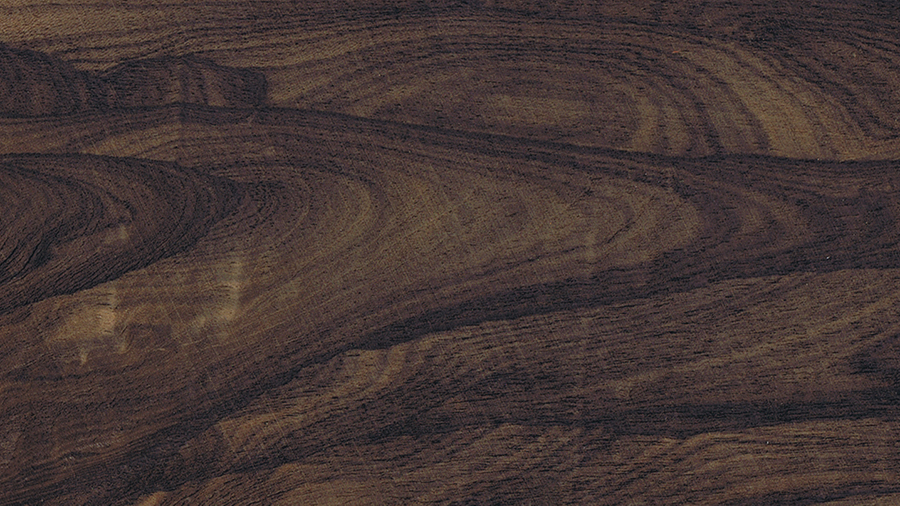
ZIRICOTE
(Cordia Dodecandra): Precious, very dark with irregular and evident black veins, high weight, very compact, native to Central America. Recommended combination with: Rosa, Yew, Bocote, Zebrawood, Purple.
I’ve read the following sentences at the Lahnersäge wood museum in Santa Gertrude in Val d’Ultimo BZ Italy (which I recommend to visit) and they perfectly convey my feeling for this material:
The ancient Chinese view considers wood the FIFTH ELEMENT. It is born from water and in turn brings fire. It is the element of growth, living and love. The wood and the spring wind join forces to overcome the cold of winter. Observing wood… this is perhaps the best way to understand it.
Wood is shaped by water. Its shape, its often daring branches. It takes the energies from the place where it grows and transforms them. Everything else arises from the randomness of life, the bad weather and the wind build its character.
